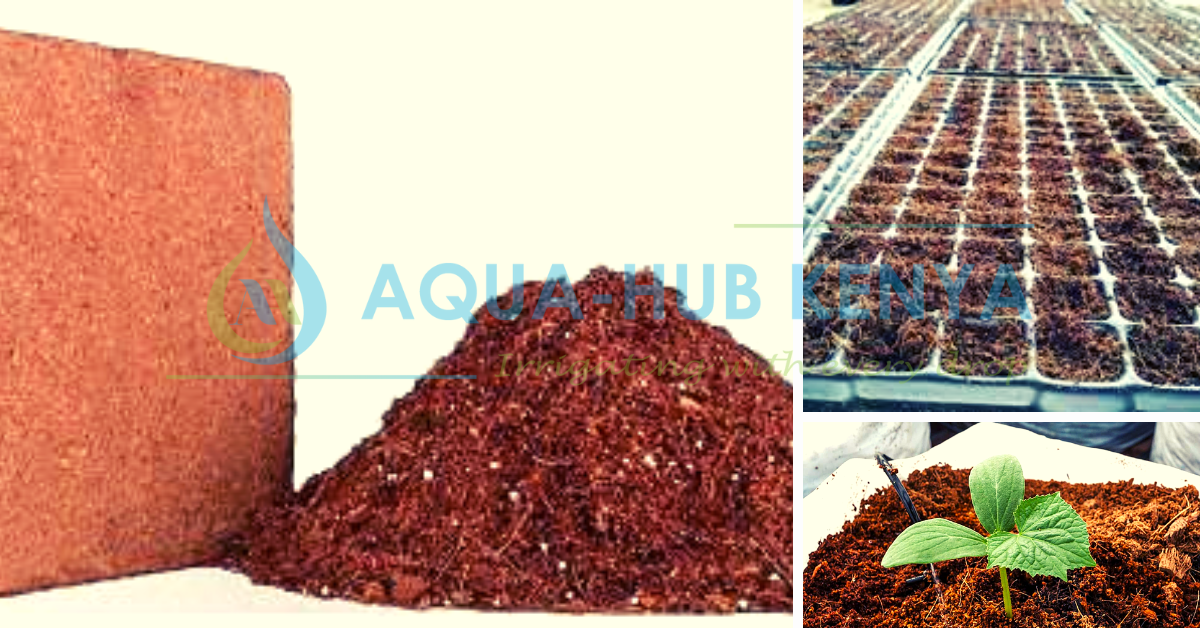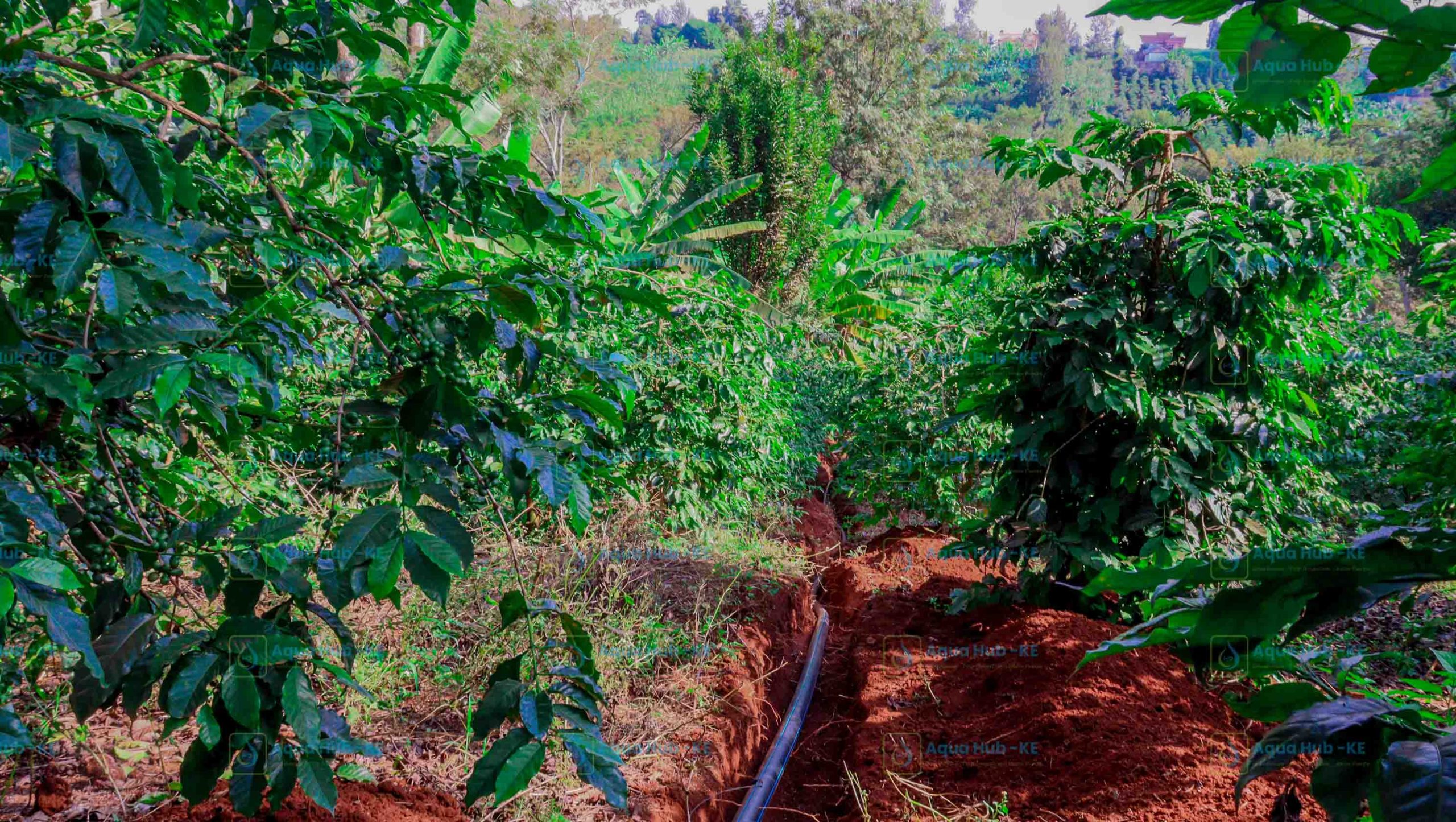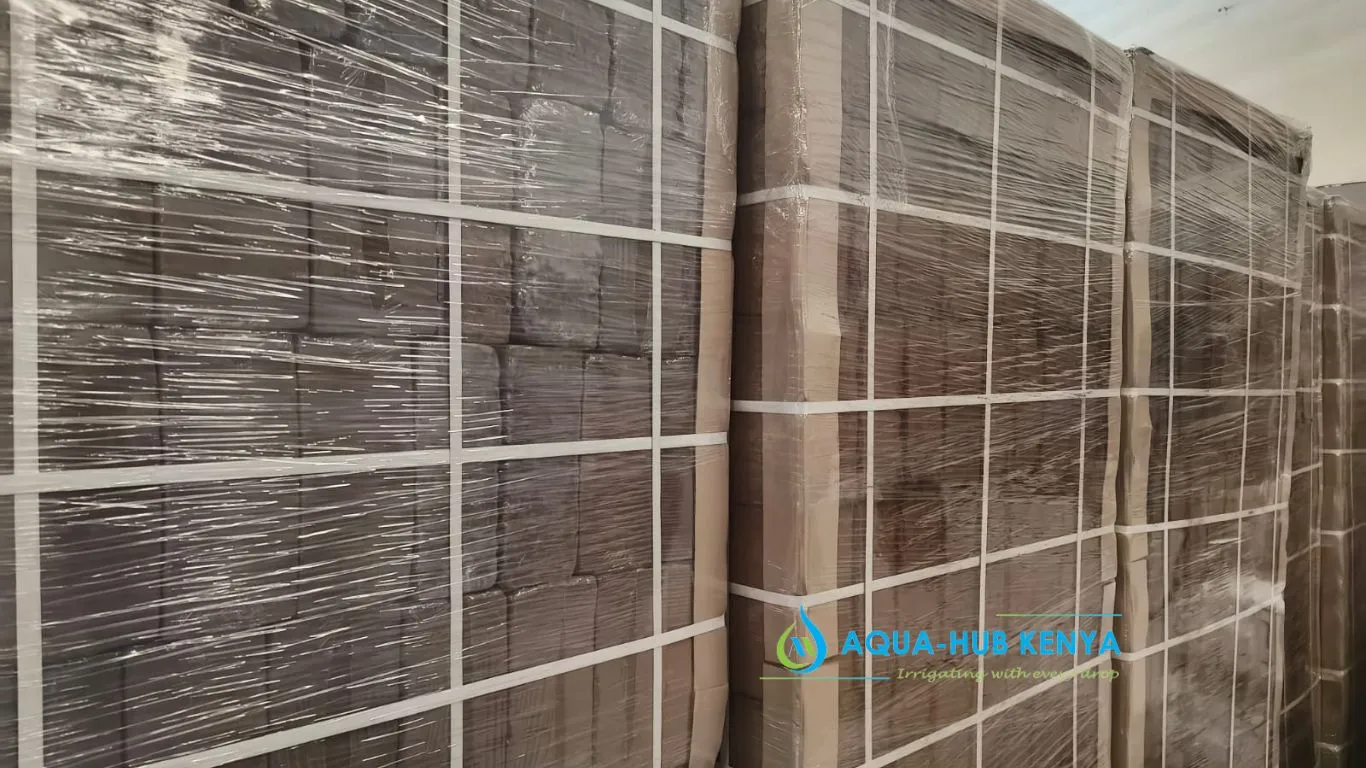Coco peat in Kenya is used as a plant growth medium and is regarded as the finest substitute for soil. It is sometimes referred to as coir. It is made from coconut husks, which are typically crushed and compressed into blocks weighing 5kg or 1kg. The ideal substrate for horticulture and agriculture is coir. It is a versatile growth medium manufactured from coconut husk pith. Making it naturally anti-fungal and a great choice for the germination of seeds. Coir is reusable and kind to the environment. It holds onto moisture and gently releases it to plant roots. We provide coco peat to both large-scale and small-scale growers in Kenya.
What is Coco peat in Kenya?
Coco peat (also known as coir) in Kenya is a byproduct of the coconut industry. It is specifically the outer husk of the coconut. It is composed of fibres and particles that are compressed into a block form. Coco peat is used as a planting medium for seedling trays. As well as in commercial and home gardening as a soil amendment. It is an organic, sustainable and renewable resource, and is an alternative to peat moss.
It can hold water well, is easy to use and is reusable. Coco peat is also known to improve soil structure and aeration. Coco peat is widely used in Kenya as it is easily available and affordable. It is also drought-resistant, making it suitable for low water availability regions. It is also PH-neutral, so it can be used for a wide variety of crops. It’s important to note that in Kenya coco peat is also used in other industries, such as horticulture, animal bedding, and erosion control.
What are the properties of coco peat?
Coco peat has several properties that make it a popular choice for use in seedling trays and gardening:
- Water retention: Coco peat has excellent water retention properties, making it an ideal planting media for seedling trays and gardening.
- Aeration: Coco peat is lightweight and has good porosity, which provides good aeration for seedling roots, promoting healthy growth.
- PH Neutral: Coco peat is PH neutral, which means it can be used for a wide variety of crops, and it does not affect soil acidity.
- Sterile: Coco peat is a sterile medium, which means it is free of pathogens and weed seeds.
- Sustainable: Coco peat is an organic, sustainable, and renewable resource, making it an environmentally friendly alternative to peat moss.
- Drought-resistant: Coco peat is drought-resistant, which makes it suitable for low water availability regions.
- Reusable: Coco peat can be reused, which makes it a cost-effective option for seedling trays and gardening.
- Low EC: Coco peat has a low EC (electrical conductivity) which means it does not contain high levels of salts, making it suitable for germinating seedlings.
- Biodegradable: Coco peat is biodegradable, which means it can be easily broken down and returned to the soil.
- Lightweight: Coco peat is lightweight which makes it easy to transport and handle.
It’s important to note that coco peat has low nutrient content, so it’s commonly used in conjunction with fertilizers or compost to provide the necessary nutrients for seedlings and plant growth.
What are the crops grown in Coco peat?
- Vegetables: Many types of vegetables can be grown in cocopeat, including tomatoes, peppers, cucumbers, lettuce, broccoli, and many others.
- Fruits: Some types of fruits can also be grown in coco peat, including berries, melons, and citrus fruits.
- Herbs: Many herbs can be grown in coco peat, including basil, parsley, cilantro, and mint.
- Flowers: Many types of flowers can be grown in coco peat, including marigolds, zinnias, petunias, and many others.
- Ornamentals: Many ornamental plants can be grown in coco peat, including succulents, cacti, and house plants.
- Grains and cereals: Some types of grains and cereals can be grown in coco peat, including rice, wheat, corn, and barley.
- Trees and shrubs: Some types of trees and shrubs can be grown in coco peat, including fruit trees, ornamental trees and shrubs.
What are the uses of Coco peat in Kenya?
- Seed germination: Coco peat is commonly used as a planting media for seed germination, as it provides an ideal environment for seedling growth and development.
- Propagation: Coco peat can be used for the propagation of plants, as it provides an efficient way to produce large numbers of genetically identical plants.
- Transplanting: Seedlings grown in coco peat can be easily transplanted into the field or another container, making it ideal for both commercial and home gardening.
- Greenhouse production: Coco peat is commonly used in greenhouse production, as it allows for the efficient use of space and provides a controlled environment for seedling growth.
- Nursery production: Coco peat is widely used in nurseries in Kenya, as it allows for the efficient production of large numbers of seedlings in a short time.
- Soil amendment: Coco peat can be used as a soil amendment to improve soil structure and aeration, and can also be used to improve water retention in the soil.
- Erosion control: Coco peat can be used in erosion control projects as it can hold water well and help to stabilize the soil.
- Animal bedding: Coco peat is also used as animal bedding in Kenya, as it can absorb moisture and provide a comfortable bedding material for animals.
- Horticulture: Coco peat is also used in horticulture, as it can hold water well and provide a suitable environment for plant growth.
How to use coco peat
Coco peat is a versatile and easy-to-use planting medium that can be used in a variety of ways, including:
- Soaking: Coco peat blocks can be soaked in water for a few hours to rehydrate them before use. It’s important to make sure that the coco peat is fully saturated before use. Since dry coco peat will not retain water well.
- Mixing: Coco peat can be mixed with other planting media, such as soil or compost, to improve water retention, aeration, and nutrient content.
- Transplanting: Seedlings grown in coco peat can be easily transplanted into the field or another container. Making it ideal for both commercial and home gardening.
- Top-dressing: Coco peat can be used as a top-dressing on the surface of the soil to improve water retention and aeration.
- Soil amendment: Coco peat can be used as a soil amendment to improve soil structure and aeration. It can also be used to improve water retention in the soil.
- Erosion control: Coco peat can be used in erosion control projects. This is because it can hold water well and help to stabilize the soil.
- Animal bedding: Coco peat can be used as animal bedding. This is because it can absorb moisture and provide a comfortable bedding material for animals.
How to treat coco peat in Kenya
- Soaking: Coco peat blocks should be soaked in water for a few hours to rehydrate them before use. It’s important to make sure that the coco peat is fully saturated before use. This is because dry coco peat will not retain water well.
- Sterilizing: Coco peat should be sterilized before use to kill any pathogens or weed seeds that may be present. This can be done by soaking the coco peat in a solution of water. And chlorine or by baking it in an oven.
- Washing: Coco peat should be washed before use to remove any dust or debris that may be present. This can be done by soaking the coco peat in water and then wringing it out.
- pH Adjustment: Coco peat is a pH-neutral medium. But in some cases, it may be necessary to adjust the pH to suit the needs of a specific crop. This can be done by adding lime or other pH-adjusting materials to the coco peat.
- Fertilizing: Coco peat has low nutrient content, so it’s commonly used in conjunction with fertilizers or compost to provide the necessary nutrients for seedlings and plant growth.




